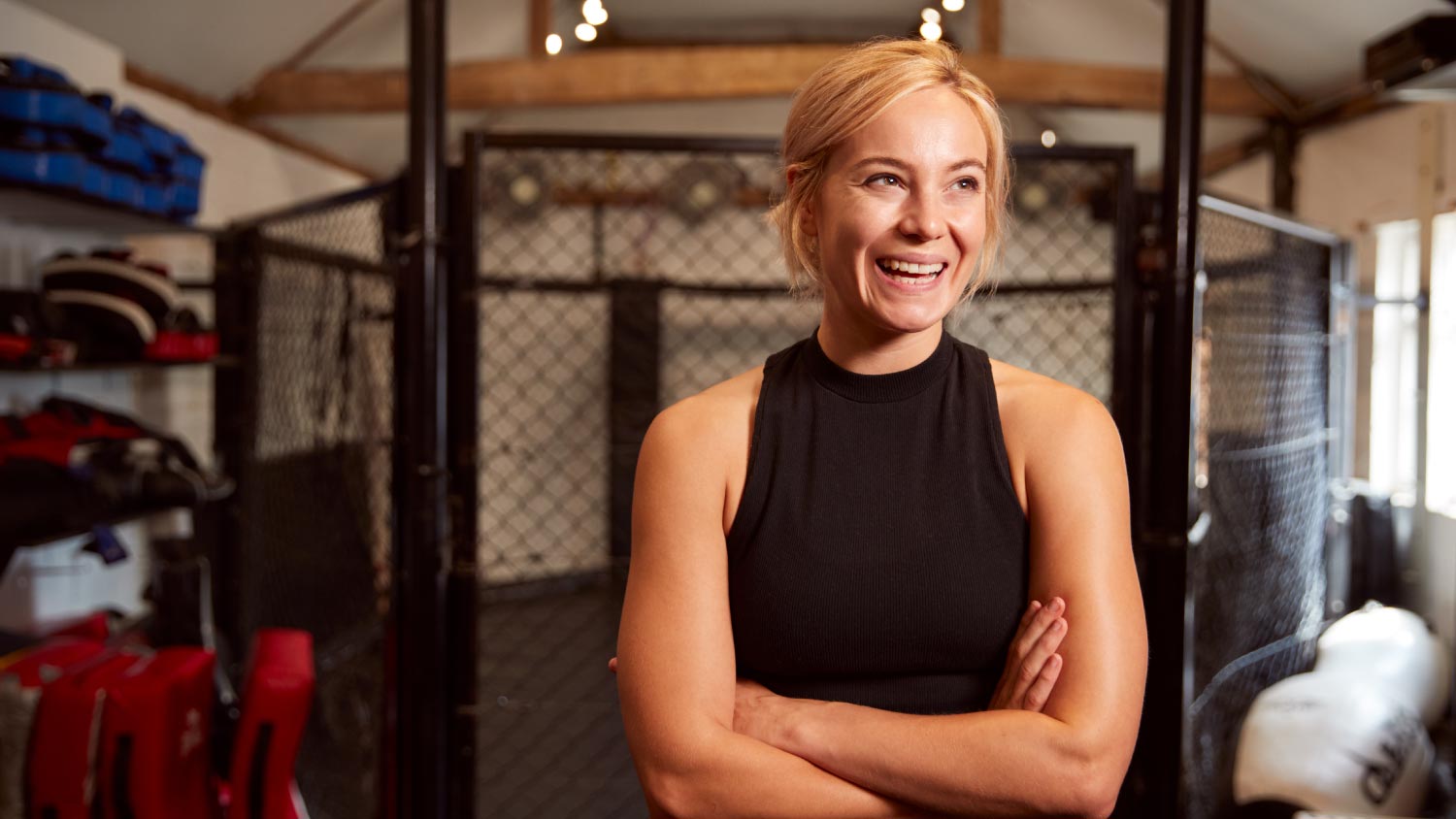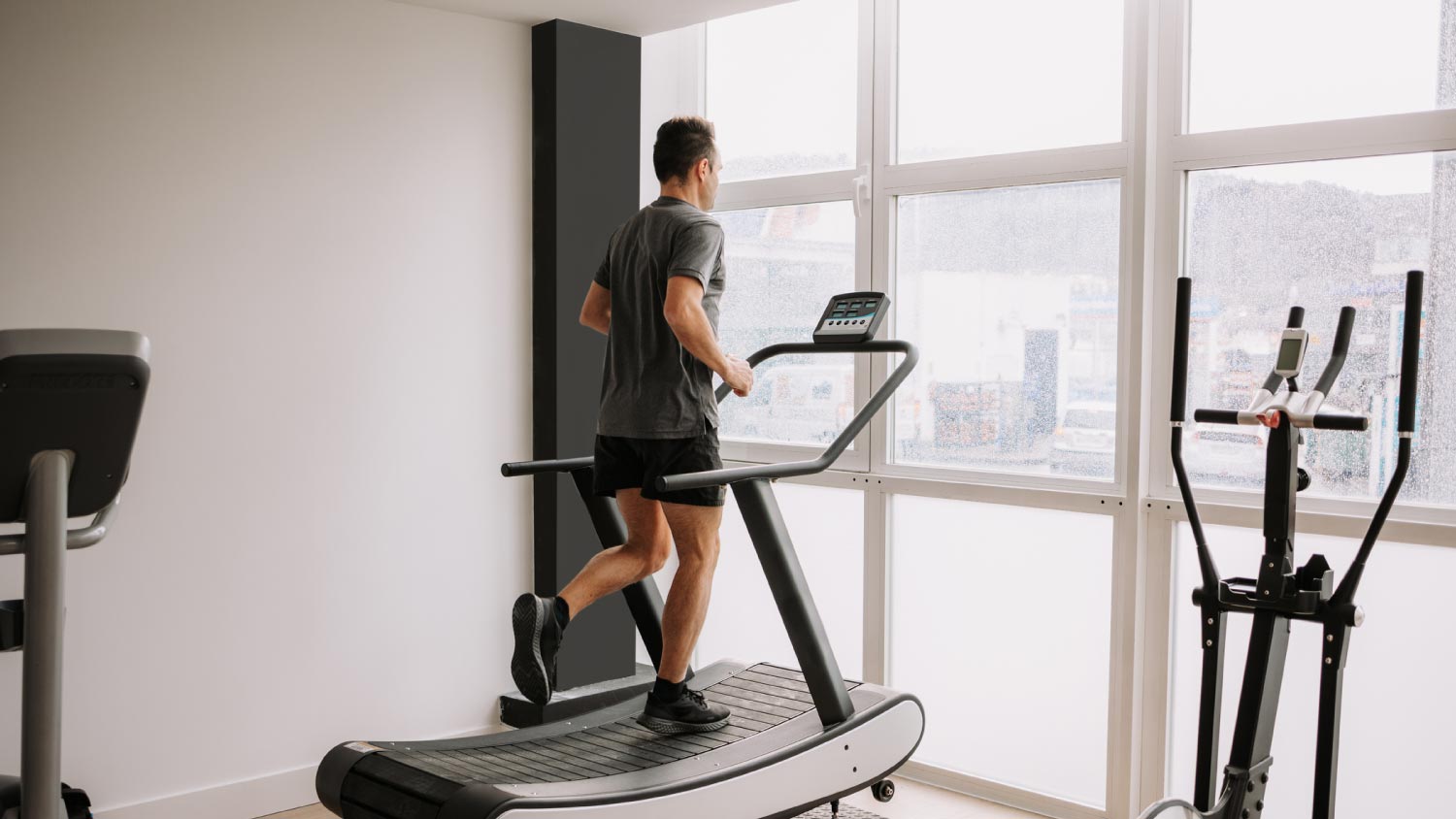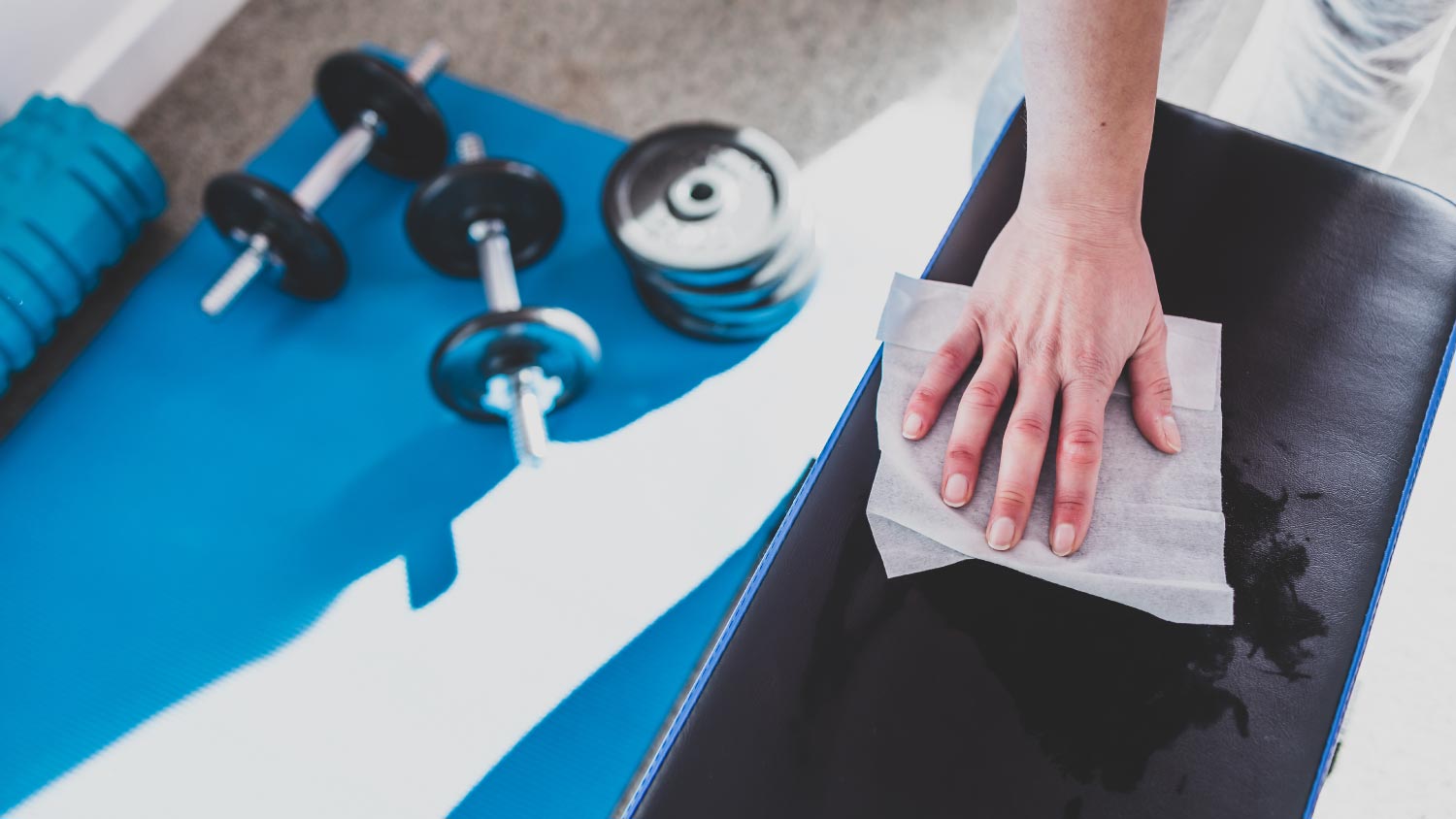
Learn how much it costs to board up a window to buy yourself some time and maintain home security while you wait for the permanent repair.
Say goodbye to crowded studios and hello to a private martial arts training space


Whether you’re training for your black belt in karate or practicing kung fu, dedicating part of your home to martial arts training can take your performance to the next level.
“The most important recommendation about having a martial arts home gym: Use it,” says Brian Moretz, owner and head instructor of Impact Martial Arts in Lexington, North Carolina. “Set aside certain times that you will dedicate to using your home set-up. The martial arts are fun, so enjoy your time practicing them.”
Prepare to run roundhouse kick and straight punch drills without leaving the comfort of your home by building a customized home gym from the ground up. From padded flooring to hanging bags and custom touches, here’s how to build a martial arts home gym that suits your style and practice.
The first and most important step in building a martial arts home gym is selecting the right space. If you haven’t settled on a location, start by weighing the pros and cons of each option.
Garage home gyms are spacious and excellent for noise isolation, but they aren’t temperature-controlled. Plus, you’ll lose the extra parking and storage space. Basements are a great option for similar reasons, but ensure you finish the basement from floor to ceiling, including installing a reinforced ceiling and insulation. A spare bedroom could work, but you’d likely lose out on space and noise control.
There’s also the option of building your martial arts home gym on a back porch or patio. These choices offer the benefit of fresh air but have limited protection from the elements and might disturb nearby neighbors. However, if you’re not bothered by the weather and have a viable space, a back porch or patio gym is a great space-saving alternative over building inside your home.

Padded flooring is the foundation of martial arts home gyms, so be sure to invest in the right protective layer. Ensure your floors are clean and level, then add roll-out mats, flat mats, or puzzle mats to cover the space.
“The most important element to include from a martial arts studio are the mats,” Moretz says. “Most martial arts styles include some falling techniques, but also takedowns, throws, and grappling techniques. A small, 10-foot-by-10-foot area of mats would help tremendously.”
If you cannot install floor mats, then equip your space with workout mats that you can use on demand. Keep in mind that this step is essential to protecting you from injury and minimizing the risk of damaging your floors.

Outfitting your martial arts home gym with the right equipment can make or break your practice. If you already belong to a group fitness center, make a list of your most-used equipment so you can recreate the experience at home. Keep in mind that the workout equipment varies based on the type of martial arts you practice.
Here is some essential training equipment to consider:
Wooden dummies
Heavy bags or bag racks
Kick pads
Punching mitts
Foam rollers
Exercise mats
Weights
Jump ropes
Hanging training bags and racks in your martial arts home gym can be trickier than you’d expect. The installation methods vary based on the equipment and your space, but you’ll need to ensure that every item is hung correctly and securely.
If you need assistance with this step, consider hiring a local handyperson. That way, you can rest assured that your equipment won’t damage your walls or ceiling while you hone your karate or aikido skills.

You know karate can break a sweat, so consider enhancing your space with cardio equipment like a treadmill or elliptical. When moving a treadmill into your home gym, be sure to dismantle, lift, and reinstall it carefully. Aside from installing optional cardio equipment, leave yourself space for jumping rope, performing HIIT drills, or lifting weights.
Mirrors will help you track your form and fitness improvements, so they’re an excellent element to include when building a martial arts home gym. They’re also essential for practicing shadowboxing if you incorporate striking arts into your training.
While it’s relatively easy to hang small mirrors with frames, it’s more difficult to install large, frameless mirrors commonly featured in gyms. Hire a local handyperson to hang your home gym mirrors so you can focus on practicing your jabs and sprawls.

Keeping your gym equipment clean will keep germs and bacteria at bay while helping preserve the equipment. Stock your martial arts home gym with cleaning wipes or disinfecting cleaner and paper towels so you can easily wipe down your equipment after each workout.
You may also want to keep a small handheld vacuum nearby to clean up crumbs, dust, and debris quickly. Having everything on hand and visible will help you keep the space clean—workout after workout.
One of the best parts about having a martial arts home gym is that it offers the opportunity to personalize it however you see fit. Decorate with memorabilia from your favorite martial arts masters, choose gear in your favorite colors, or find whatever else inspires you—there are no rules. Taking pride in your space will help keep you motivated to continue building your practice right from the convenience of your home.
From average costs to expert advice, get all the answers you need to get your job done.

Learn how much it costs to board up a window to buy yourself some time and maintain home security while you wait for the permanent repair.

Find out how much it costs to build a chicken coop—whether you've got a few hens in your backyard or a big, self-sustaining flock—with our expert guide.

Wondering about the cost to hire a handyman? Discover prices, key cost factors, and money-saving tips to help you plan your next home project.

Every good handyperson knows that bringing the right tools to the job helps them work smarter and faster. From installing fixtures to assembling furniture to doing repairs and remodeling, we’ve rounded up the ultimate handyperson tool list.

Add a little life (or privacy) to the glass windows or doors in your home. Learn how to frost glass in 60 minutes in this how-to guide.

Both a handyman and contractor serve different purposes for your home projects. This guide will help you hire the right professional for your unique job.